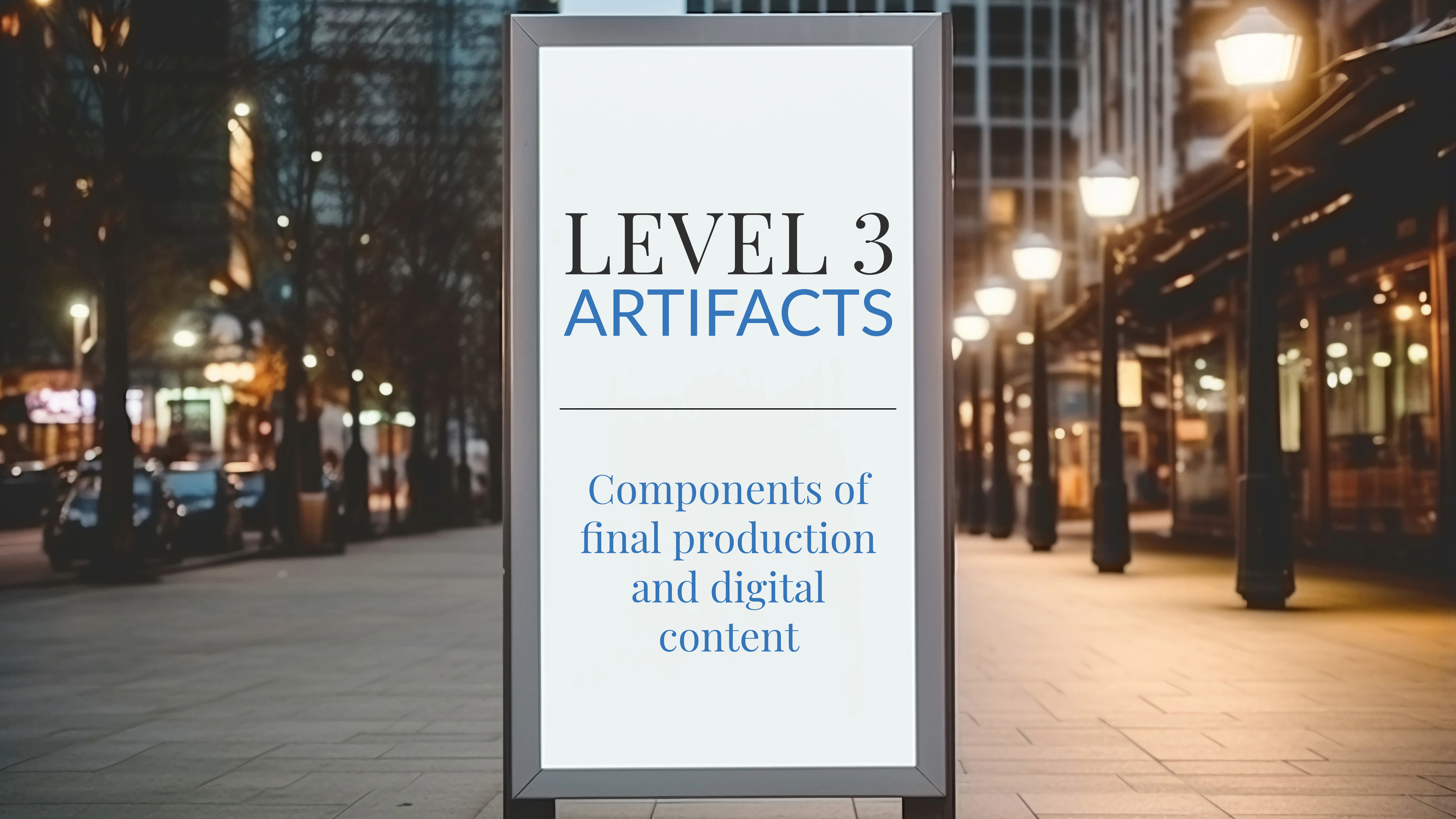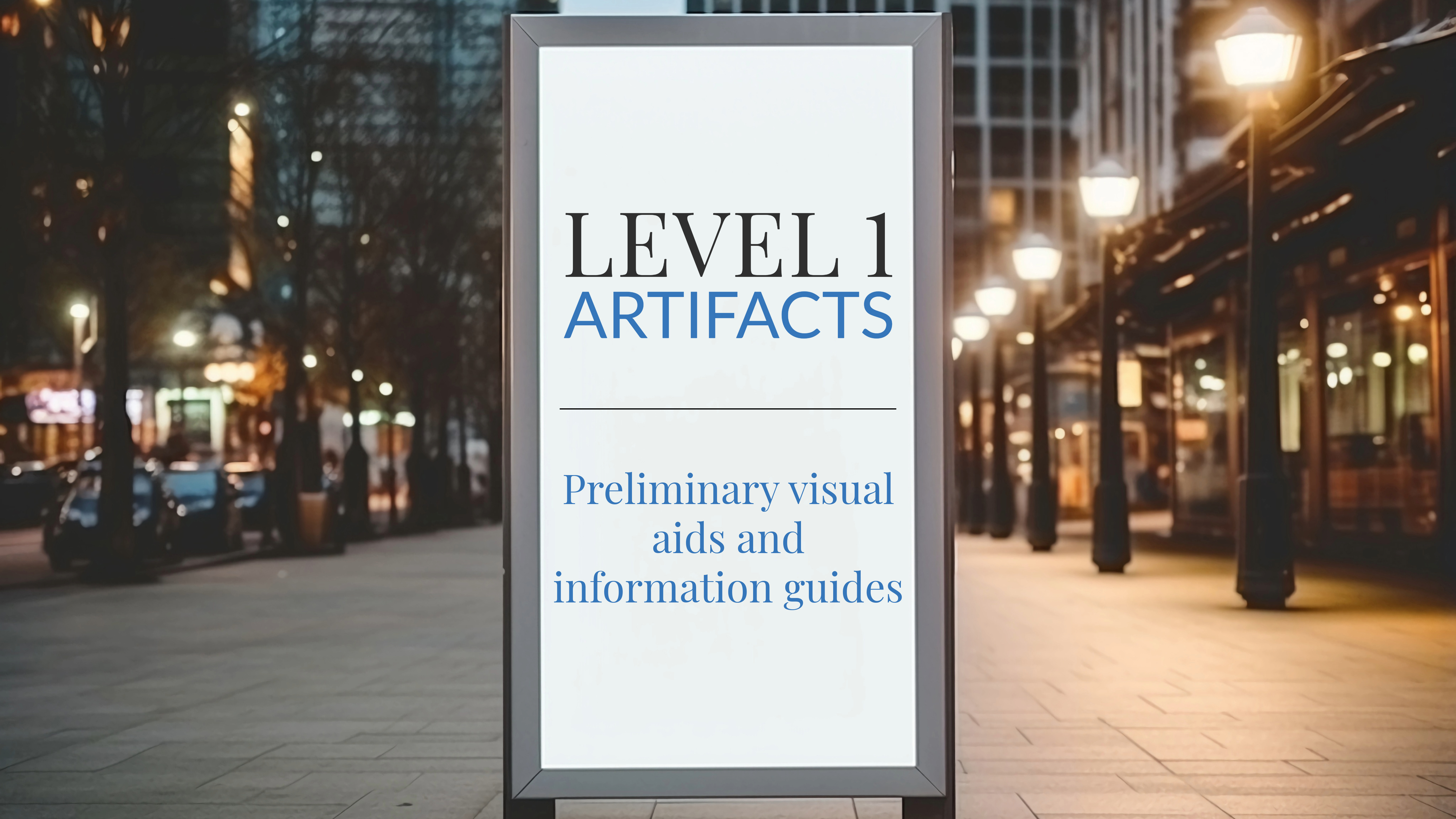MRD Documentary Trailer
----
Filip Malesev
Above is the video trailer for our documentary
While most of this was written and edited by me, I utilized my teammates' digital content during its creation in order to better assimilate their work with mine. I created the video utilizing a combination of Adobe Premier Pro and Adobe After Effects. I also made use of the Adobe Stock database and some stock footage sites. (credits are posted within the video)
Stylistically, the video was designed to be a sort of "tense" tease at what kind of content a viewer might expect to be in the final product. A combination of an orchestral track and speedy final set of images, reminiscent of a thriller movie trailer, was placed to serve as a preview of how potentially thrilling/worrying/unexpected the change we are seeing is going to be, and the format of the documentary overall.
Lastly, many of the transitionary elements, along with the intro and outro segments, were designed with "tech" as an aesthetic in mind. Glitchy effects, sleek text, and smooth transitions add to this effect.
Daniel Sicinski
----For the second artifact for the project I was tasked with creating the covers for the documentary. To be honest, this was significantly more difficult than I expected and I found myself to be humbled. I created three covers and this is my break down:
1st Cover: For the first cover, I relied on stock images from Adobe and handled all the formatting myself. Despite its challenges, it took me approximately 45 minutes to complete, and it was not the most formidable task I've taken on.
2nd Cover: Creating the second cover was a markedly more intricate process. I harnessed the power of AI, employing prompt engineering and prompt refining techniques to craft the perfect design. This endeavor turned out to be the most demanding of the three, consuming about two hours of my time as I searched diligently for the right composition. I also leveraged Firefly, an Adobe extension, which required considerable patience and a fair amount of experimentation.
3rd Cover: By the time I tackled the third cover, I had become noticeably more adept and efficient with the technology at my disposal. I was pleasantly surprised to find that I could complete this cover in less than 30 minutes. My interactions with AI were smoother, requiring just a couple of tries to get the cover I wanted, without extensive trial and error. Even the text composition was AI-driven. This streamlined process not only made it faster but also increased the overall quality of the cover. I now feel confident that I can create designs with greater speed and improved quality thanks to these technological tools.
Annabelle Raukete
----
For the B-Roll Artifact, I took four different strategies. Primarily, I wanted to try to make the footage on my own. After a little bit, I realized that may be harder than expected.
I wanted to use some of my technical background to make some cool footage related to technology. I set out to make a graphic related to DT&L and expected this to be a title screen of sorts. I enjoyed making this but it turned out a bit elementary.
Another attempt I made was to film B-roll in Space 154. I was using a 3D printing pen which I enjoyed and thought was very cool. While filming I found out that camera work is not my strong suit. But something that I could work on if I wanted a B-roll career in my future. After trying it on my own, I wanted to try it with generative Ai and other tech. I went through adobe stock videos and looked for those that I saw fit best into our documentary. I learned how large of a library that adobe has and found many useful videos. Finally, I used generative AI to make some of my b-roll footage. I used a website called vecteezy to build out my footage. I started with basic prompts like "robot" and ended with some footage I related to our focus on farming changes. Overall, I really enjoyed learning how to source and make B-roll footage. I had seen it as the easier part of filming or making a movie but I see it in a different light now.
I wanted to use some of my technical background to make some cool footage related to technology. I set out to make a graphic related to DT&L and expected this to be a title screen of sorts. I enjoyed making this but it turned out a bit elementary.
Another attempt I made was to film B-roll in Space 154. I was using a 3D printing pen which I enjoyed and thought was very cool. While filming I found out that camera work is not my strong suit. But something that I could work on if I wanted a B-roll career in my future. After trying it on my own, I wanted to try it with generative Ai and other tech. I went through adobe stock videos and looked for those that I saw fit best into our documentary. I learned how large of a library that adobe has and found many useful videos. Finally, I used generative AI to make some of my b-roll footage. I used a website called vecteezy to build out my footage. I started with basic prompts like "robot" and ended with some footage I related to our focus on farming changes. Overall, I really enjoyed learning how to source and make B-roll footage. I had seen it as the easier part of filming or making a movie but I see it in a different light now.
-- LINK TO BROLL COLLECTION --
Mmesooma Ejike
----
The term "bionics," which is short for "biological electronics," refers to the discipline of designing and building artificial implants, devices, or systems that replicate or improve the functionality of biological systems. Artificial limbs or body components that can supplement or replace missing or injured organic ones are known as bionic prostheses. To increase functionality, sensors and cutting-edge materials are frequently used in these prosthetics. This area of study includes applications in medicine and healthcare with the goal of enhancing the quality of life for those with illnesses or disabilities. It may also be used to augment human capabilities and improve performance. When robotics is applied to develop bionic devices, these domains intersect. A prosthetic hand that uses sophisticated robotics to replicate the capabilities of a normal hand, for instance, is a bionic and Robotic Device.
Certain drones are made specifically for spraying crops. They eliminate the need for conventional tractor-based spraying by applying fertilizers, insecticides, and other chemicals to crops on their own. It is possible to obtain high-resolution aerial photos of crops using drones fitted with cameras or multispectral sensors. These photos can be used to track the health of the crops, identify pests, illnesses, and nutrient shortages, as well as evaluate general crop conditions. By offering aerial views of the animals in the field, drones can assist in the monitoring of livestock health and behavior. Large herds can benefit greatly from this in terms of tracking and management.
Drone delivery services have been investigated or launched by numerous corporations, including Amazon, in an effort to speed up the shipment of online items. In an emergency, drones can be used to quickly transfer medical items like drugs or organs for donation. Drone delivery of restaurant orders has been tested by a few meal delivery services.
-- LINK TO BROLL COLLECTION --

